Suzdal: What to see in the 'most Russian' city in the world
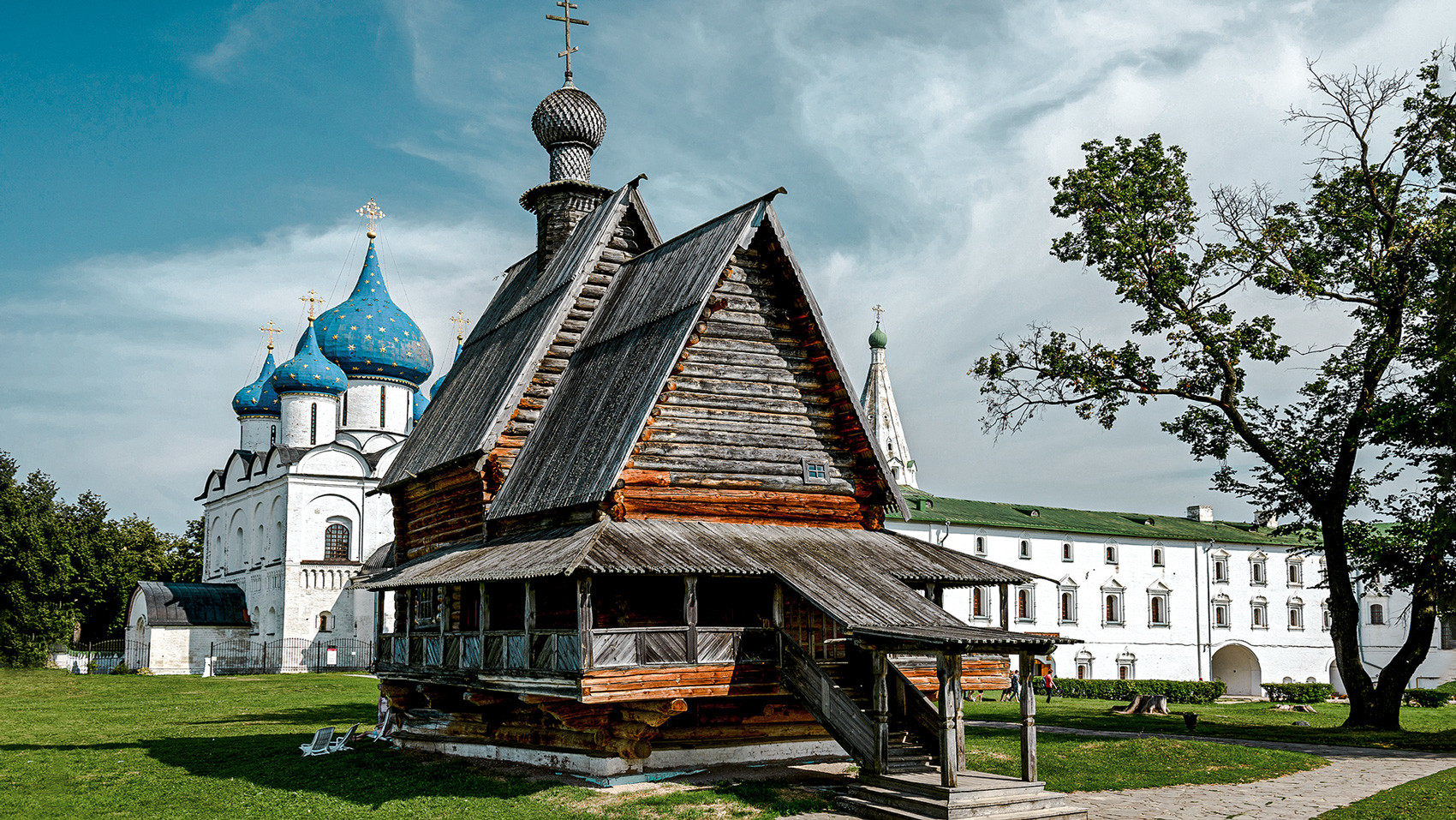
How to get there: to Vladimir by fast train (1h 40 m) or by bus (3.5 h). From Vladimir to Suzdal by minibus (50 min).
When to go: for maximum pleasure and a real Russian winter, come during Maslenitsa (Shrovetide) week in February-March (the exact dates vary every year, so check before booking!).
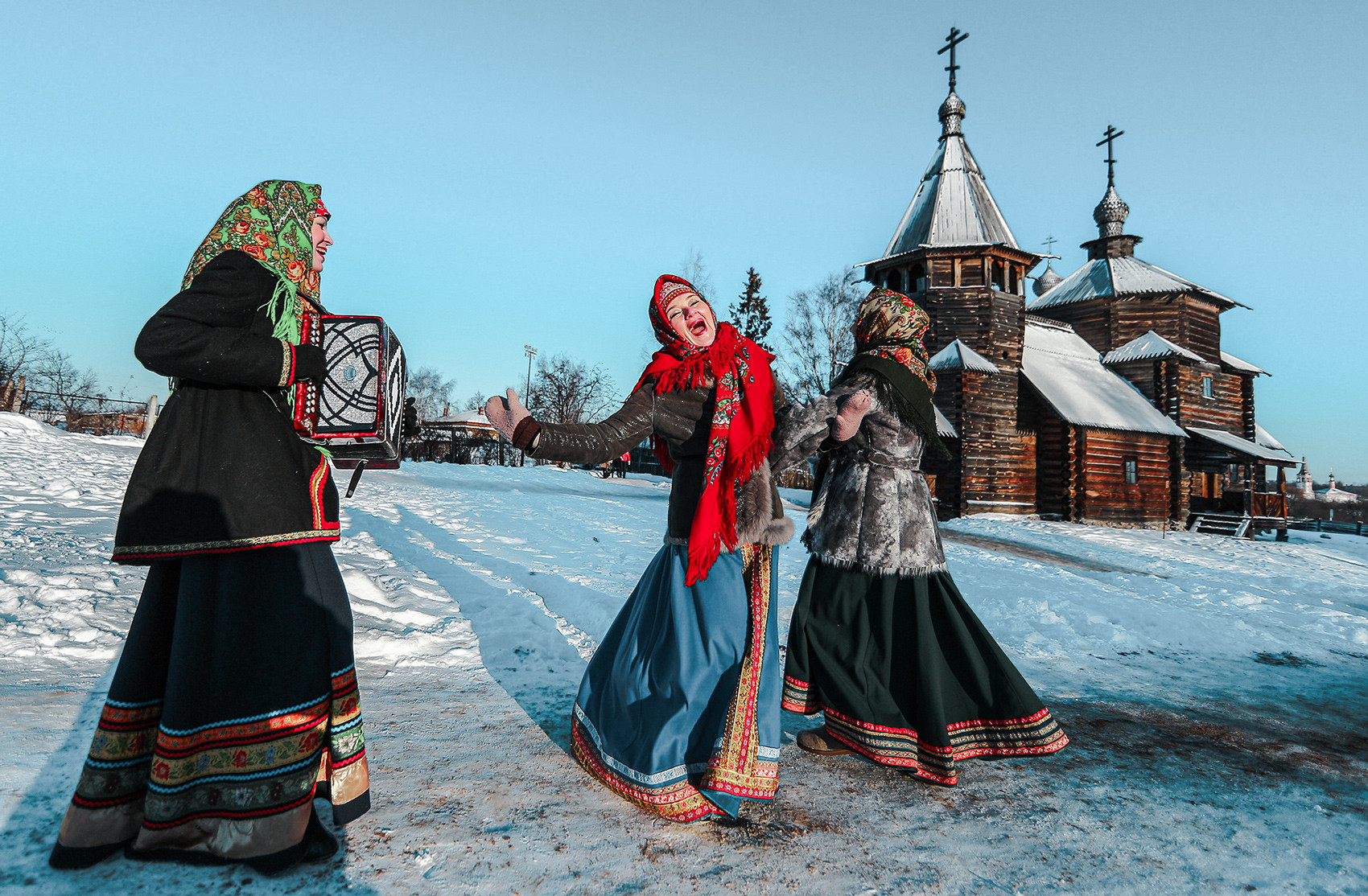
Suzdal during Maslenitsa
Vladimir Smirnov/TASSTo-do list:
- Visit the Museum of Wooden Architecture
- Try counting the churches (good luck)
- Eat a traditional Russian meal
- Taste medovukha (mead)
- Ride a horse-drawn sleigh (in winter)
No one can resist Suzdal’s charms. The enchanting atmosphere of ancient Russia still reigns supreme: old architecture, lots of authentic restaurants, merchants dressed in traditional clothes, and festive folk festivals with round dances, songs, and other merriment. And if you’re planning to spend a night or two, there’s the option to stay in a real village hut – where else could offer that!
One of the most ancient cities of Russia
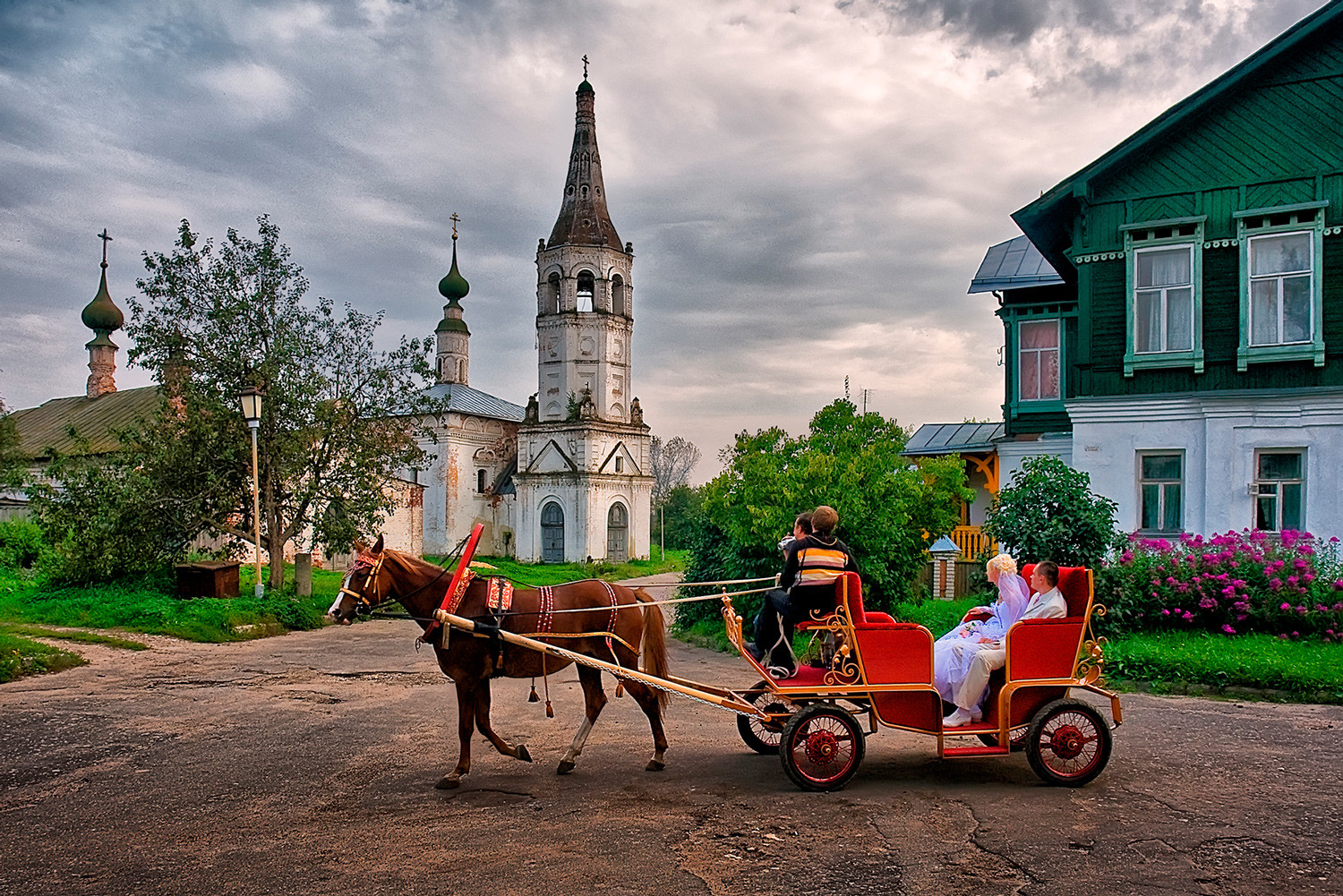
Ancient Suzdal
Legion MediaSuzdal was first mentioned in the annals in 1024, but some historians believe it was founded even earlier, in 982 by Prince Vladimir, the baptizer of Rus, who later founded neighboring Vladimir. The city’s name is most likely associated with the verb sozidat (“create”), which in Old Russian meant “build” or “fashion from clay.”
Suzdal duly prospered, and in the 12th century became the capital of the Rostov-Suzdal principality – but only briefly. In 1157, Prince Andrey Bogolyubsky transferred the capital to Vladimir.
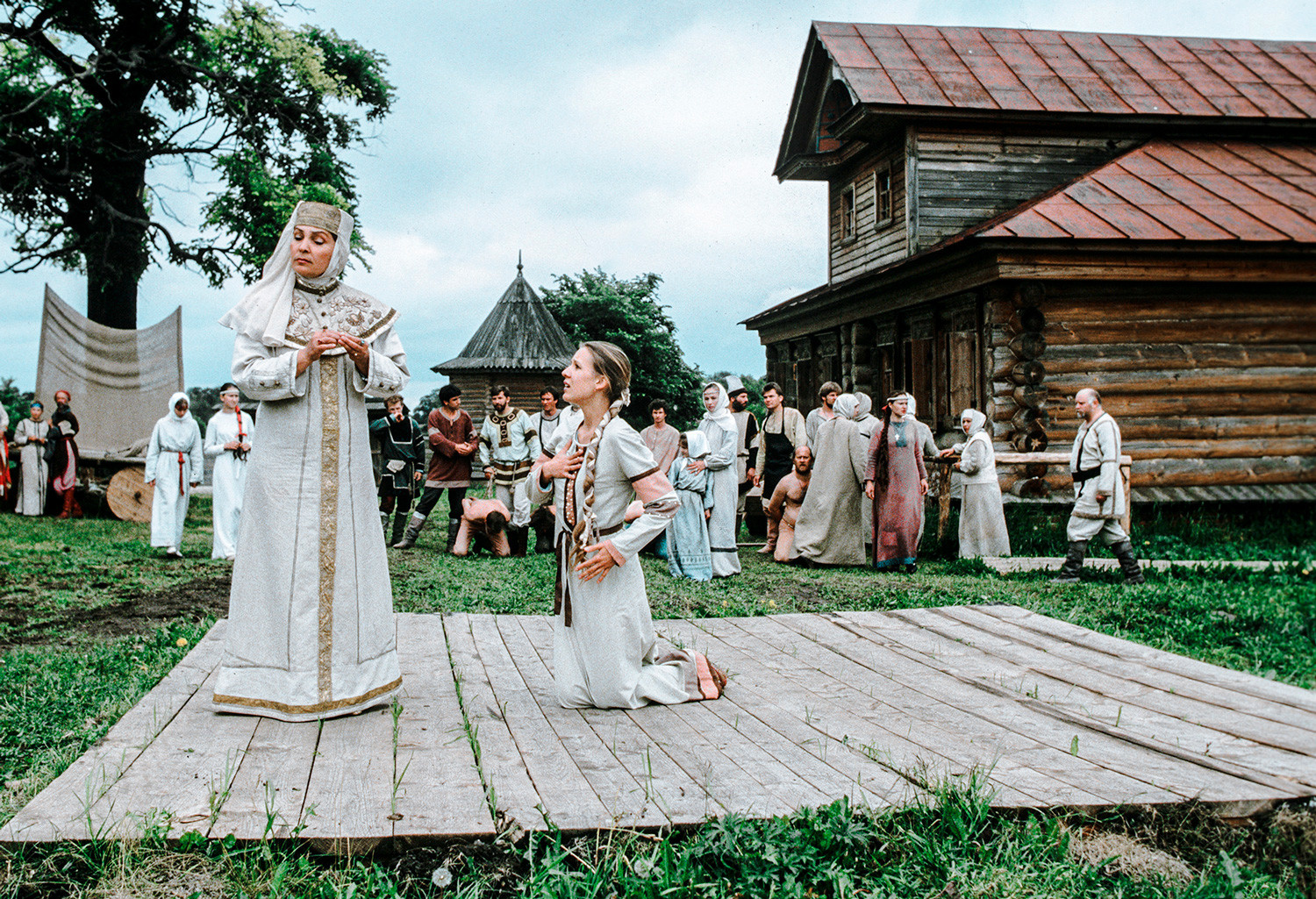
Historical performance in the Museum of Wooden Architecture
Vladimir Fedorenko/SputnikTo find out how the ancient Slavs lived, we recommend that you visit the Museum of Wooden Architecture, a unique open-air exposition. Here on display are real old peasant houses of varying comfort levels, brought in from different villages. Farm buildings are also represented, including barns on stilts and windmills. Plus, you'll see a few medieval wooden churches, still miraculously standing. And here you’ll find out what an octagon-on-a-cube is — knowledge that no self-professed fan of Orthodox architecture can live without!

The Resurrection church,1776, at the Museum of Wooden Architecture
Yury Kaver/SputnikMuseum city
There are more sights here than residents (almost); even in Soviet times, the authorities actively developed tourism and created a huge number of museums.
In 1992 the city’s white-stone monuments were included in the UNESCO World Heritage list, which means you have no excuse not to visit Suzdal Kremlin, the oldest part of the city. Don’t miss the fabulous 13th-century Cathedral of the Nativity of the Theotokos. Incidentally, in any Russian city, churches dedicated to the Virgin Mary are instantly recognizable by their characteristic blue domes with golden stars.
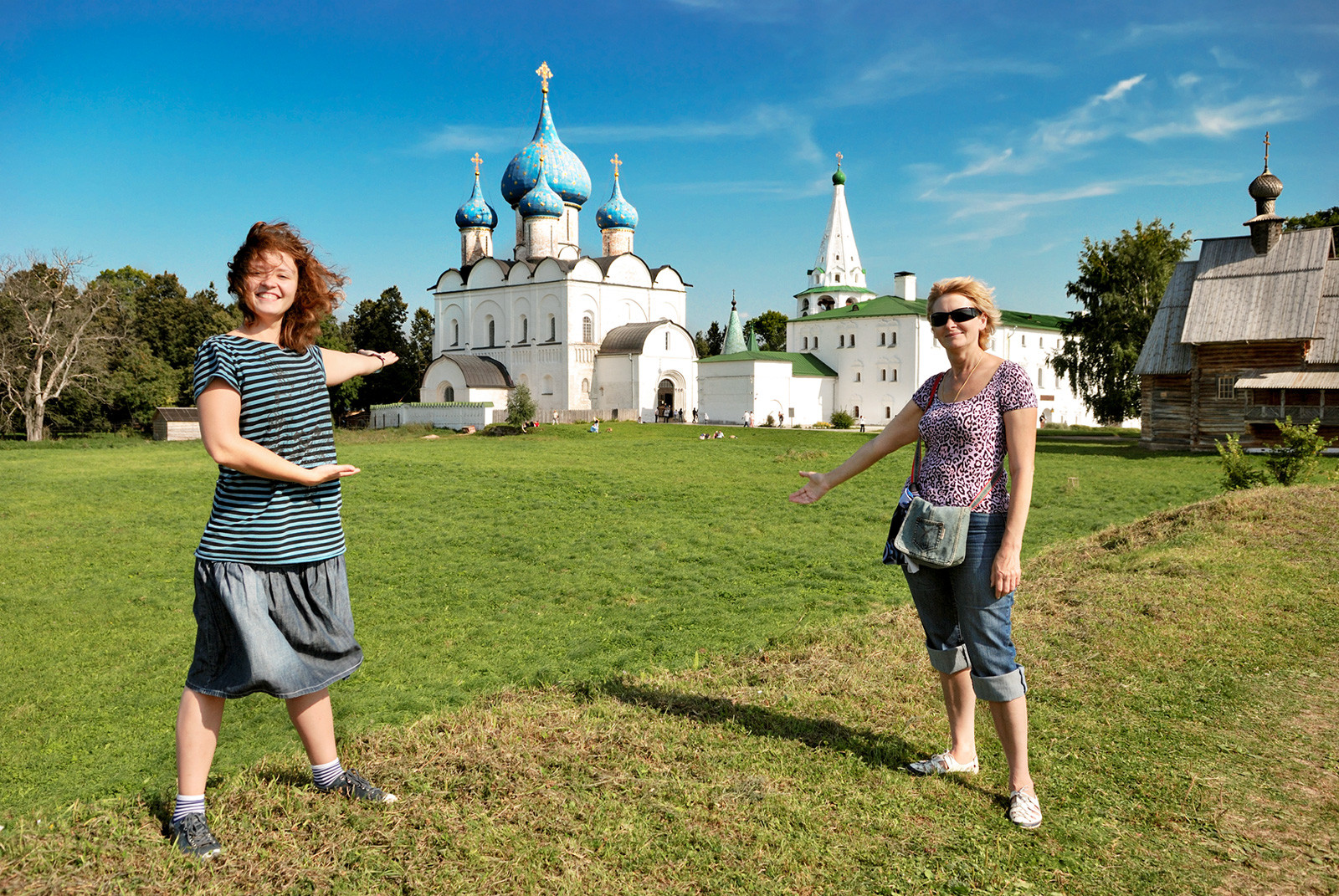
Cathedral of the Nativity of the Theotokos
Legion MediaAnother absolute must-see is the Savior Monastery of St Euthymius, founded in 1352 partly for defensive purposes. Be sure to go inside the territory’s main Transfiguration Cathedral and examine the 17th-century frescoes.
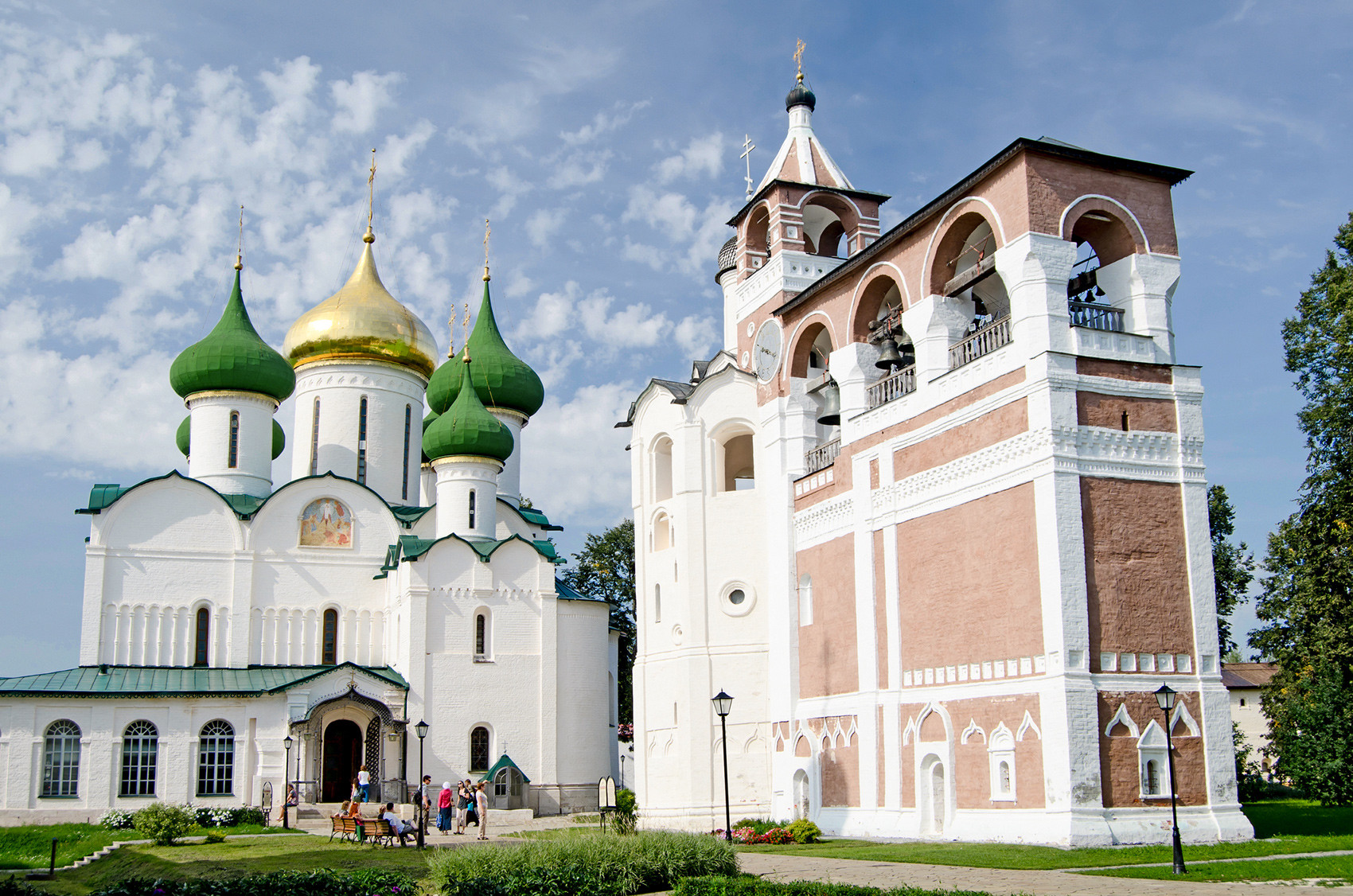
The Pokrovsky (Intercession) Convent
Legion MediaIf you’re still not tired of churches and monasteries, take a peek inside the Pokrovsky (Intercession) Convent. Note the much smaller scale and lack of large fortification walls – two key differences between monasteries and convents in Russia.

Plein air painting next to the Pokrovsky Convent
M.Yurchenko/SputnikFolk festivities
After an edifying history and architecture tour, it’s time for some nourishment. If you come in winter, head for Torgovaya (Trade) Square and try the local mead. This low-alcohol sweet beverage was consumed by all grand dukes and princes in Old Rus.
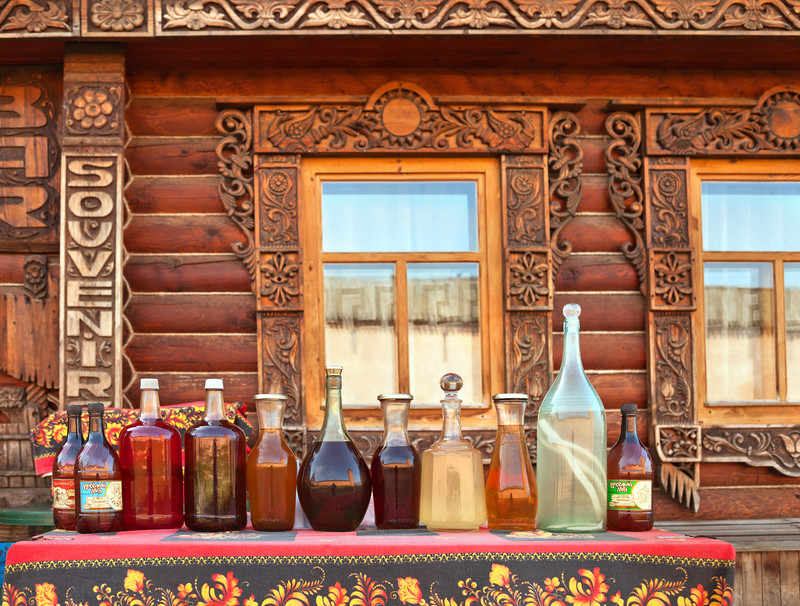
Medovukha (mead)
Legion MediaNext, go to Lenin Street, where you can buy kalatch (a type of fancy loaf) and Tula pryanik (a uniquely Russian spice cake), as well as find numerous restaurants serving Russian cuisine. Among the best are Uley, Pushkar, Lepota, Russkaya Restoratsia, and Chainaya. Try the pickles, stuffed cabbage rolls, schi, borsch, and solyanka soups, rasstegai pies with various fillings, and good-old pelmeni dumplings. For dessert, there are pancakes and sweet pastries.
If using any of Russia Beyond's content, partly or in full, always provide an active hyperlink to the original material.
Subscribe
to our newsletter!
Get the week's best stories straight to your inbox